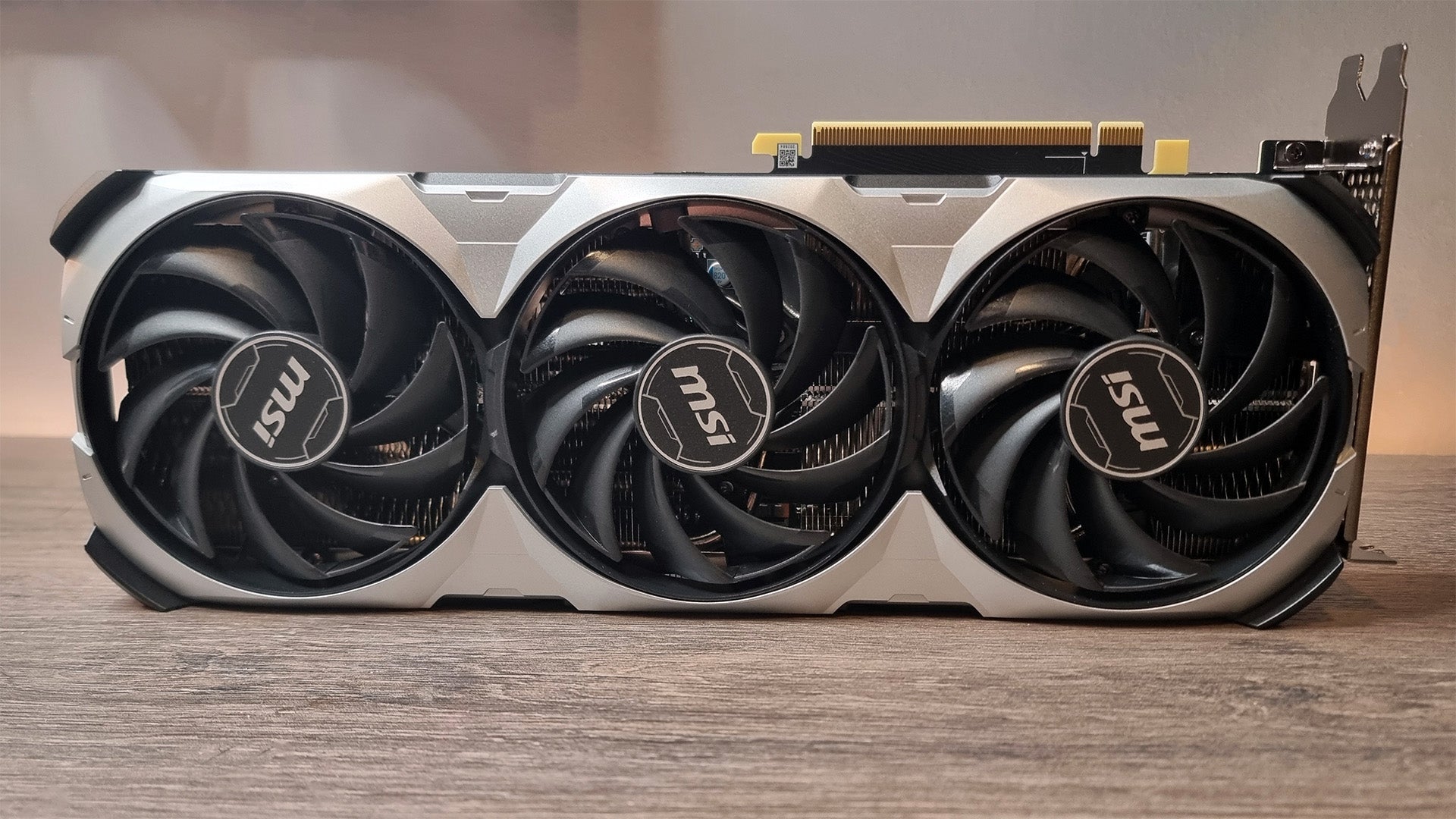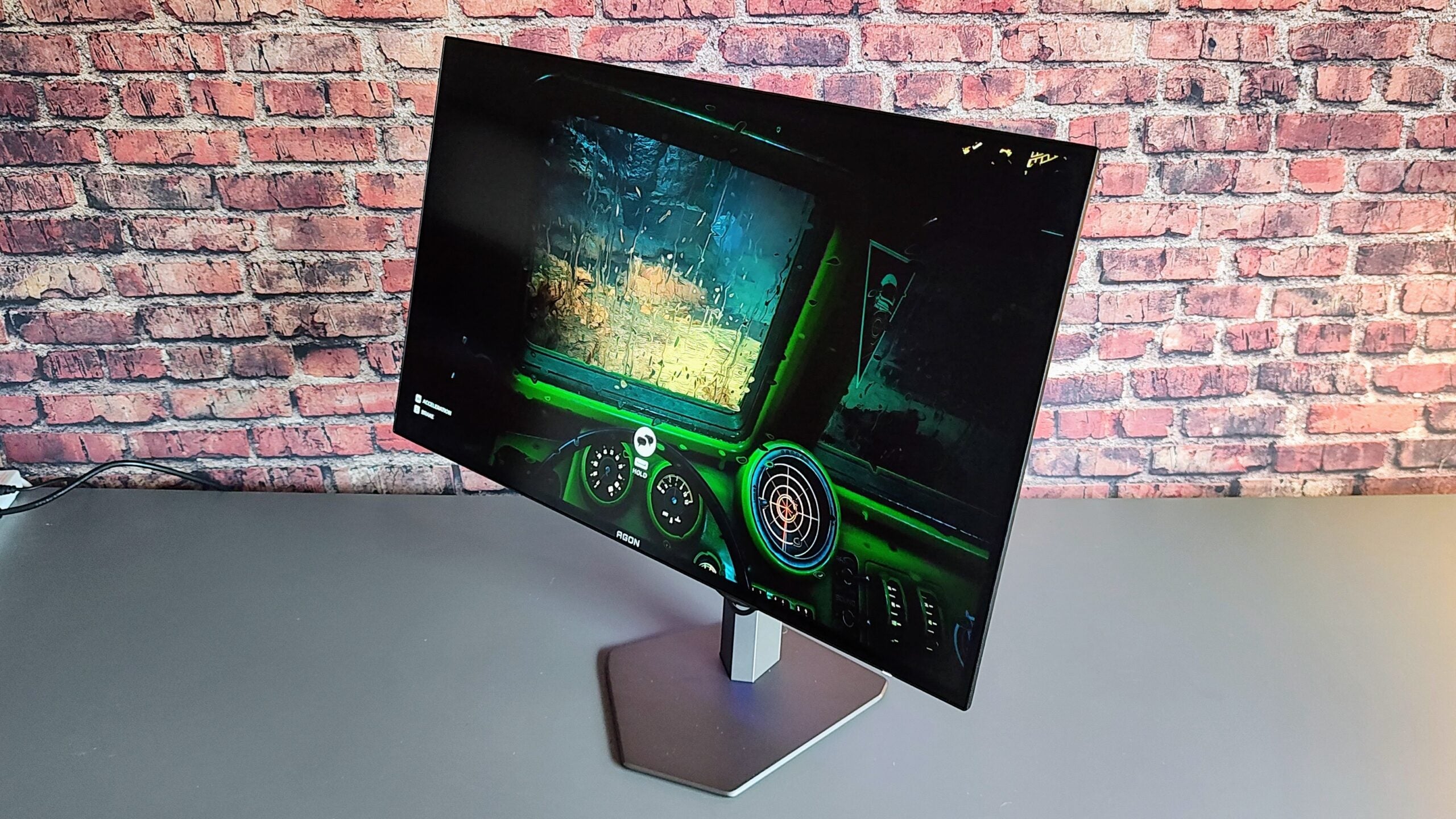Microsoft Surface Laptop 4 Review
The latest laptop from Microsoft is underwhelming
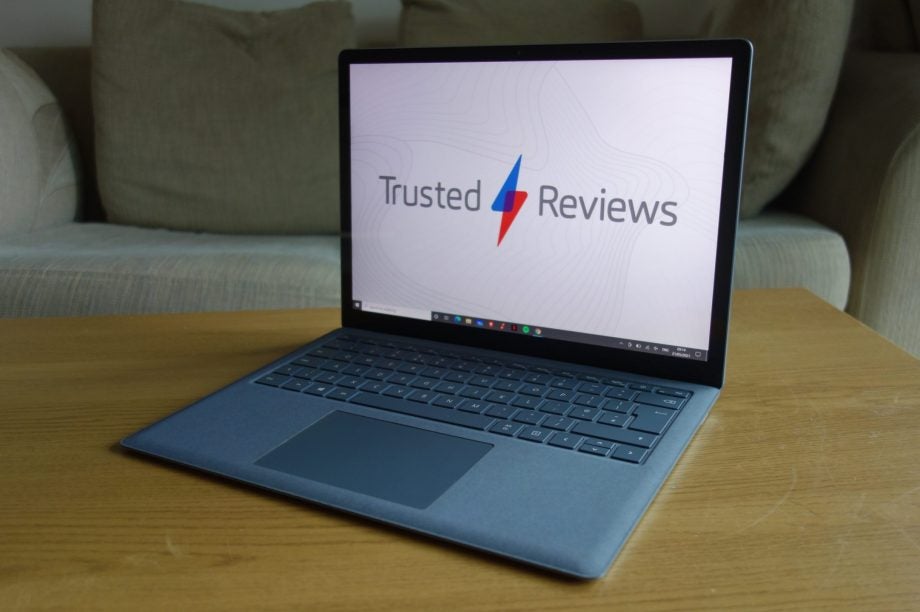
Verdict
The Microsoft Surface Laptop 4 is a good laptop, but it feels generic compared to its rivals with a processor upgrade its only real upgrade over the Surface Laptop 3. It looks outdated with its chunky bezel and lacks a fingerprint reader. Despite these shortcomings it still offers reasonable value at this price.
Pros
- Upgraded performance compared to Surface Laptop 3
- Superb screen for watching video
- Lightweight build
- Decent battery life
Cons
- Outdated design with chunky bezel
- Flex under keyboard for Alcantara model
- Lack of fingerprint reader
- No Thunderbolt support
Availability
- UKRRP: £999
- USARRP: $999.99
- CanadaRRP: CA$1299.99
Key Features
- Speedy productivity performance:Intel’s 11th Gen processors ensure a breezy performance for any basic education or office task.
- High resolution screen:The 2496 x 1664 resolution is sharper than a standard Full HD display, making it a great option for video.
- Touchscreen:The Surface Laptop 4 screen supports 10 point multi-touch, making it easer to scroll through a website with your finger.
Introduction
The Microsoft Surface Laptop 4 is the fourth entry in Microsoft’s premium ultra-portable laptop range. However, with no design update in sight, this feels more like a minor update than a fully-fledged successor to the Surface Laptop 3.
Microsoft has upgraded the processor options, with both 11th Generation Intel Core and AMD Ryzen 4000 chips available for an excellent productivity performance. The new processors also give Microsoft’s laptop a far better battery life, addressing one of the major flaws of its predecessor.
Is the Surface Laptop 4 better than the Surface Laptop 3? Absolutely. But the lack of improvements to the design – which is looking very outdated – means Microsoft lacks the edge it once had in this market, and can no longer be considered as one of the best laptop options.
Design
- Both 13-inch and 15-inch versions available
- Looks outdated with chunky bezel
- Keyboard flex is very distracting
The Microsoft Surface Laptop 4 comes in two form factors: 13-inch and 15-inch with Microsoft sending me the former. Both are conventional clamshell laptops, with no convertible hinge, although it does have touch support if you want to scroll by flicking your finger.
You also have the option of a sleek aluminium casing, or an Alcantara coating, which is like having your laptop cladded in carpet. It’s strange, but it looks great and is comfortable to rest your palms on.
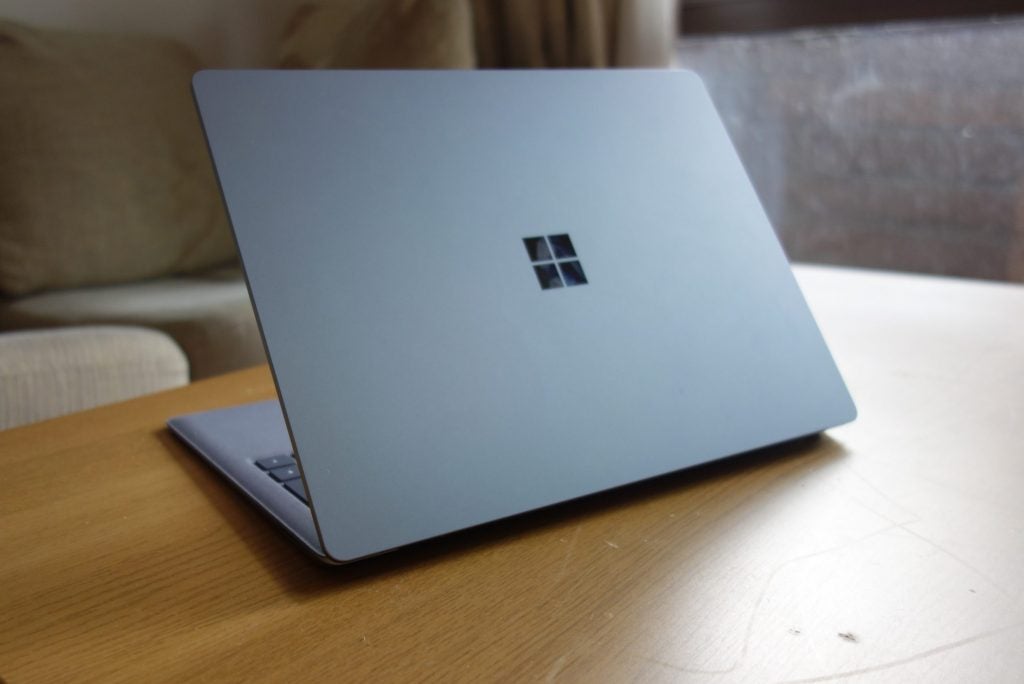
My biggest issue with the design is that it looks incredibly outdated compared to modern competitors such as the Dell XPS 13. While most laptops have now trimmed down the bezel to afford more screen space, Microsoft is still using the same chunky surrounding it did in 2019. It looked okay back then, but now it’s starting to look prehistoric.
To call this laptop ugly would be unfair though, especially when you close the lid. The brightly coloured aluminium lid looks ace, and the chassis is extremely sleek. It’s not the lightest ultrabook around at 1.3kg, but it’s still dead easy to lift up with one hand so there’s no issue there. You can pick from four lovely colours too, with the Ice Blue model (reviewed here) being my personal favourite.
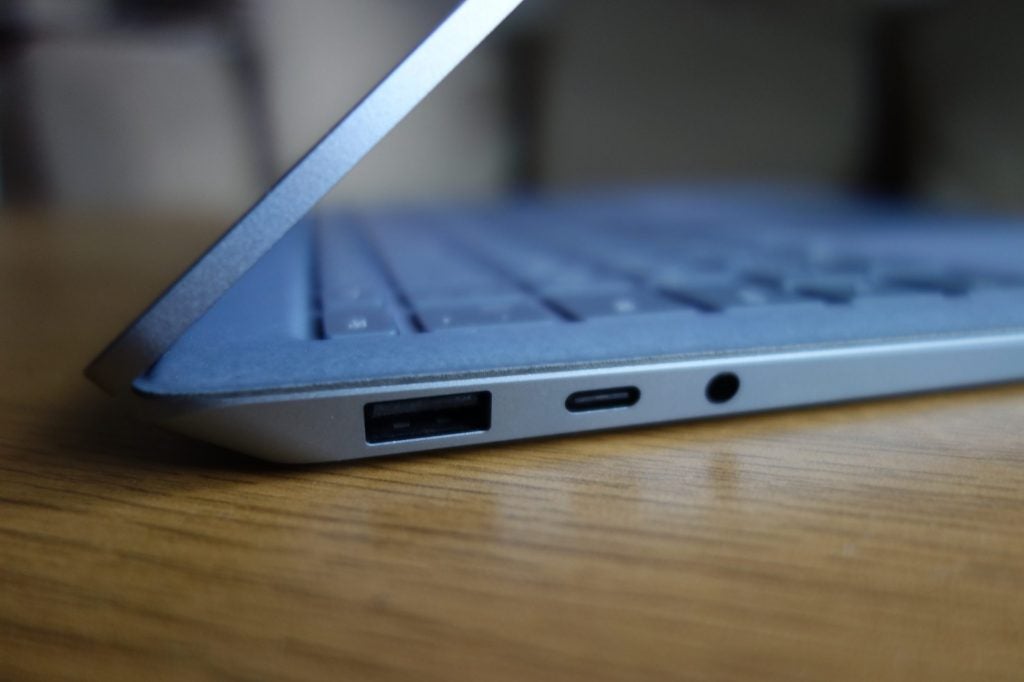
The port situation is fine. You get one USB-C (which lacks Thunderbolt 4 support), one USB-A, a headphone jack and Microsoft’s own Surface Connect Port. I’m not a big fan of the latter, as it only supports power delivery without purchasing additional accessories, and cables can be pulled out of the laptop far too easily despite the magnetic connection.
And then there’s the keyboard. I’ve been a long-term fan of Microsoft’s keyboards, but I found a big issue here. The Alcantara design here seems to have a noticeable flex when I’m hammering down on the keys. This results in an annoying bouncy feel, which is extremely off-putting.
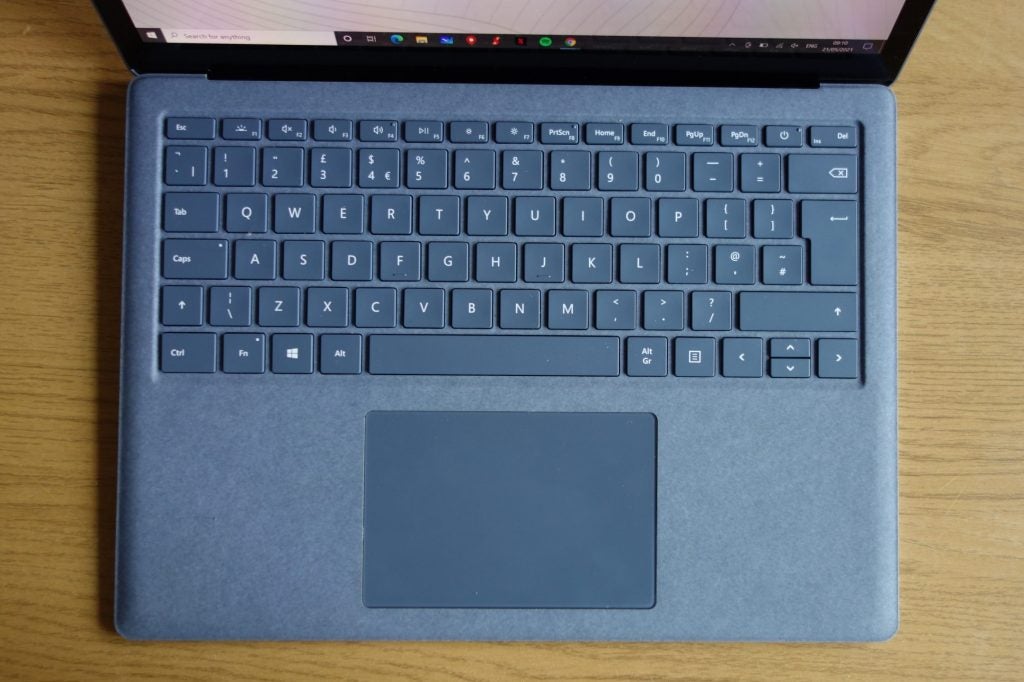
There’s unfortunately no fingerprint scanner, which is odd since it features on the majority of modern laptops these days, including the Surface Laptop Go. It does support Windows Hello however, which means you can sign in via facial recognition technology, but I personally feel that fingerprint scanners are more seamless and less likely to incur issues.
Screen
- The 2256 x 1504 resolution ensures a sharper display than Full HD laptops
- The a 3:2 aspect ratio is ideal for viewing websites and social media.
- Isn’t recommended for highbrow content creation
The 13-inch Microsoft Surface Laptop 4 I have for review has a 2256 x 1504 resolution, which essentially means it has a sharper display than the more typical Full HD that most laptops feature. The 15-inch model has an identical 201 PPI (pixels per inch), so should see the same sharpness despite having a larger screen.
Microsoft has opted for a 3:2 aspect ratio, which results in a taller, more square-shaped screen compared to older laptops. This is an increasingly popular laptop trend, as it fits in extra vertical space for the likes of websites and social media.

If you want a laptop for watching lots of video, then the Surface Laptop 4 is a great option, especially compared to the small Surface Laptop Go. This is backed up by fantastic benchmark results with the Surface Laptop scoring an impressive 394-nit brightness, which is well above the average.
The 1373:1 contrast is also good. You can find rival laptops that perform better here, but it’s still easily high enough to make colours appear punchy for both photos and videos.
The Surface Laptop 4 isn’t a good option for creators who want accurate colours. It covers 91.3% of the sRGB gamut, but fails to surpass 65% for either Adobe RGB or DCI-P3. This means if you’re working with colour sensitive tasks with photos and videos, you’re best off looking elsewhere.
Performance
- More powerful than the Surface Laptop 3
- Competitive CPU performance
- Physical drive’s read and write speeds could be faster
The Surface Laptop 4 comes in both AMD and Intel flavours. I unfortunately haven’t been able to test the AMD version, which makes up the entry-level configurations with Ryzen 4000 chips.
Microsoft sent me a review sample of an 11th Generation i5 chip, although an i7 processor is available too.
The new processor options are, by a long way, the biggest upgrades for the Surface Laptop 4 compared to its predecessor. I ran various benchmark tests on the laptop, and found the new chip ensures faster speeds compared to the Surface Laptop 3 and is competitive with the Dell XPS 13 – but the MacBook Air still leads by a comfortable margin with the Apple M1 chip.
| Surface Laptop 4 | Surface Laptop 3 | Dell XPS 13 | MacBook Air M1 | |
| Processor | Intel Core i5-1135G7 | Intel Core i5-1035G7 | Intel Core i7-1165G7 | Apple M1 |
| Geekbench 5 single core | 1307 | 1151 | 1548 | 1731 |
| Geekbench 5 Multi core | 4844 | 4406 | 5687 | 7308 |
| PCMark 10 | 4088 | 3919 | 4802 | NA |
| 3DMark Time Spy | 1493 | NA | 1657 | NA |
In practise though, you probably won’t notice a difference when swapping between the Surface Laptop 3 and Surface Laptop 4. Both systems offer a breezy performance for productivity tasks, with no noticeable slowdown for web browsing and video streaming.
The boosted Intel Xe graphics will likely make a bigger impression on you, increasing the laptops capabilities for content creation and gaming. Don’t expect it to run CyberPunk 2077, but it can handle the likes of Fortnite and Apex Legends with dialled back settings.
The Surface Laptop 4 also sees decent SSD speeds, with a read score of 2280 MB/s and a write score of 1170 MB/s. Those aren’t the fastest scores I’ve seen from an ultrabook, but should still ensure nippy saving and loading times. However, I’m disappointed to see the cheapest model only has 256GB, which is absurdly stingy for a laptop that costs a grand.
Battery
- Lasted 10 hours and 54 minutes in benchmark test
- Took 90 minutes to fully recharge
The upgraded processor options are the headline features for the Surface Laptop 4, but I think the improvements to battery efficiency are actually more beneficial than the performance gains.
After turning the brightness down to 150 nits and running the PCMark 10 Office simulation, the Surface Laptop 4 lasted 10 hours and 54 mins before shutting down. That’s a respectable score, but still lags behind the likes of the Acer Swift 5 and Lenovo Yoga Slim 7, which hover around the 15-hour mark.
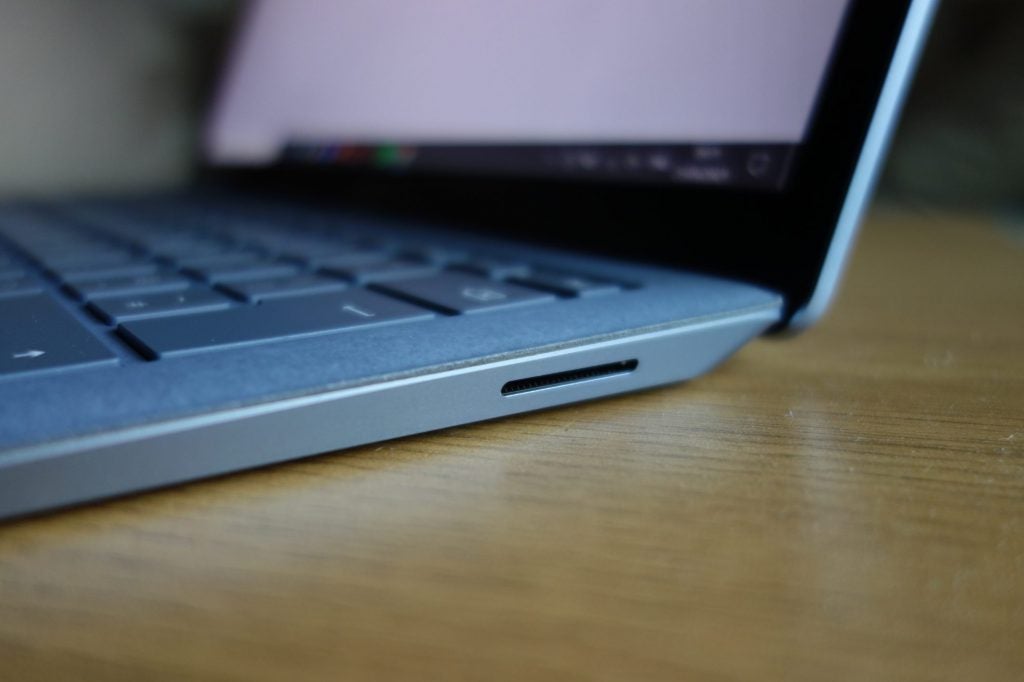
Note that I’ve been using the Intel Core i5 model, as you may potentially get better stamina with the AMD model.
It took approximately 1 hour and 30 minutes for the laptop’s battery tank to completely replenish, which is pretty handy if you forget to charge it overnight.
Best Offers
Should you buy it?
If you’re loyal to Microsoft:
If you ignore pricing, then the Surface Laptop 4 is the very best clamshell laptop from Microsoft you can buy thanks to the performance courtesy of the latest Intel processors.
You’re looking for value:
If you want the best value laptop going, then the older Surface Laptop 3 is a better choice. The MacBook Air also offers a far superior performance despite sharing a similar price point.
Final Thoughts
The Surface Laptop 4 is a good laptop, but it doesn’t really offer anything better compared to the competition. The upgrade to the Intel’s latest processors has ensured it’s speedy enough to compete with the Dell XPS 13, but it’s looking outdated since Microsoft refused to give it a makeover. I’d personally recommend the discounted Surface Laptop 3 instead if you’re not bothered about casual gaming.
FAQs
Yes, the Surface Laptop 4 come with Windows 10 pre-installed, with a free upgrade to Windows 11 on release.
Yes, the Surface Laptop 4 supports touch input.
No, the Surface Laptop 4 can only be used as a traditional clamshell laptop.




